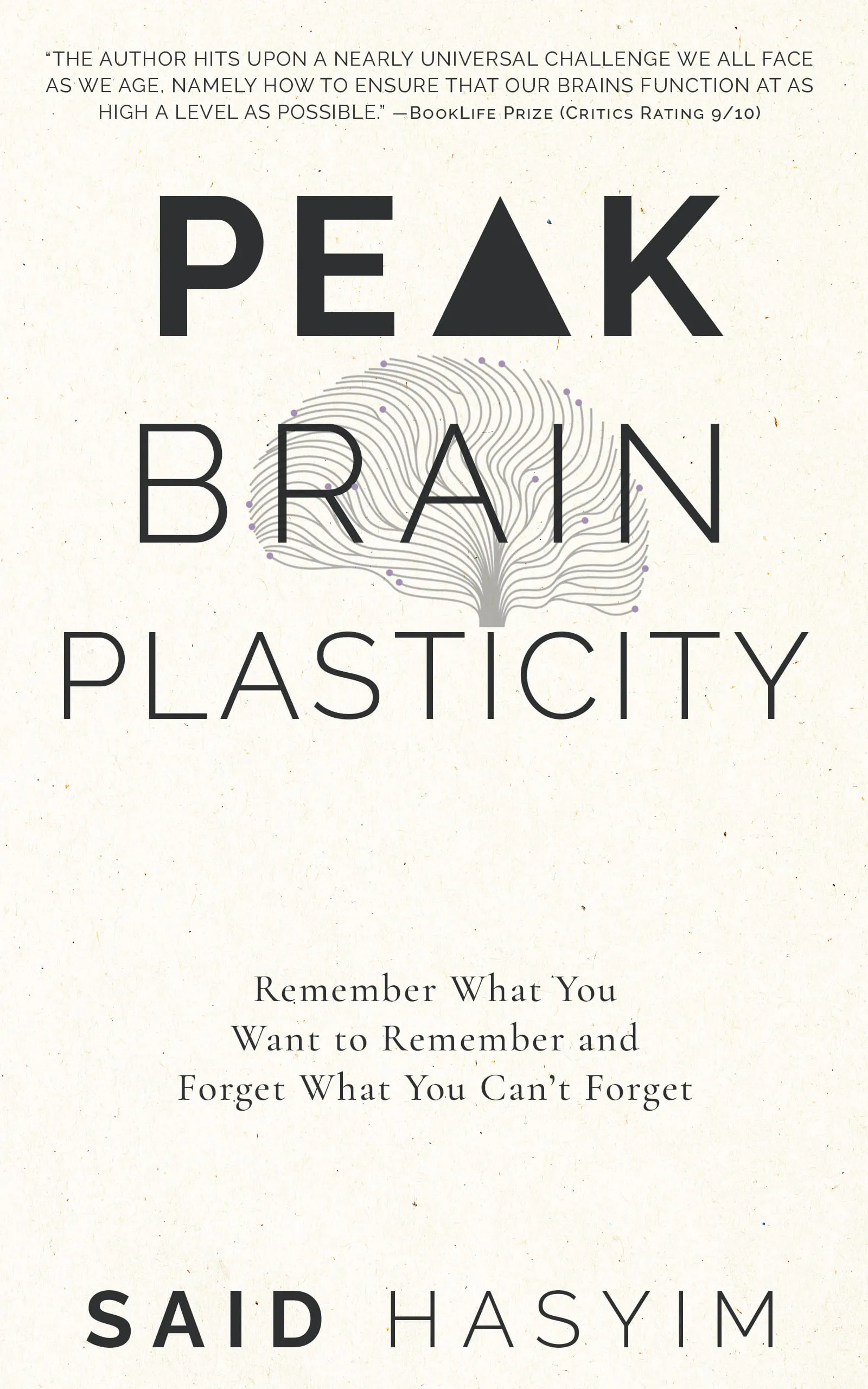Finding Your Memory Style: What Works for You?
Memory is a fascinating and complex subject. It is essential for our daily functioning, whether we are recalling where we left our keys, studying for a big exam, or remembering our loved ones’ birthdays. However, the way we remember things can vary greatly from one person to another. This variability leads us to the concept of "memory styles"—the unique methods individuals use to encode, store, and retrieve information. Understanding your memory style can enhance your learning and recall abilities, making your daily life a little easier. In this post, we will explore different memory styles, how to identify your own, and provide tips to enhance your memory according to your unique style.
What Are Memory Styles?
Memory styles refer to the distinct ways in which people process and recall information. They can be influenced by various factors, including cognitive preference, sensory modalities, and even emotional states. While scholars have proposed various models of memory styles, a few common types stand out:
Visual Memory Style: Individuals with this style tend to remember things better when they are presented visually. They may excel with diagrams, charts, and images.
Auditory Memory Style: This style is characterized by a strong ability to remember information presented in verbal formats, such as lectures, discussions, or auditory recordings.
Kinesthetic Memory Style: Kinesthetic learners thrive on physical activities and hands-on experiences. They often remember things better when they can physically engage with the material.
Tactile Memory Style: Similar to kinesthetic learners, tactile memory styles involve hands-on manipulation. However, these individuals may focus more on physical touch than motion.
Verbal-Linguistic Memory Style: This style is dominated by a preference for written and spoken words. These individuals often remember best through reading and writing.
Logical-Mathematical Memory Style: Those with a logical-mathematical approach tend to favor data, numbers, and logical reasoning. They may find patterns and connections more easily.
How to Identify Your Memory Style
Identifying your memory style can be a fun and enlightening process. Here are some steps you can take:
Reflect on Past Learning Experiences: Think about times when you successfully learned something new. How did you study the material? Did you create flashcards, draw diagrams, listen to lectures, or participate in discussions? Reflecting on past experiences can provide clues about your memory style.
Experiment with Different Learning Methods: Try out various learning techniques. For instance, read a study guide and then create a visual representation of the content, or listen to an audio recording and summarize it. Observe which methods help you retain information best.
Take Online Quizzes: Many online quizzes assess your learning style. While these may not be scientifically validated, they can provide you with a starting point for understanding your preferences.
Consider Your Interests: Look at your hobbies and interests. If you enjoy photography, art, or graphic design, you might lean toward a visual memory style. If you love music or participate in discussions, an auditory style may suit you better.
Ask for Feedback from Others: Seek insights from friends, family, or colleagues who are familiar with your studying habits. They may have noticed patterns that you haven't considered.
How to Enhance Your Memory Based on Your Style
Once you've identified your memory style, you can adopt techniques that work best for you. Here are some personalized tips for each style:
Visual Memory Enhancements
- Use color-coded notes, diagrams, and mind maps to visualize relationships.
- Incorporate visual aids such as charts, infographics, and photographs when studying.
- Create vision boards that encapsulate the content you need to remember.
Auditory Memory Enhancements
- Record yourself reading your notes aloud and listen to them repeatedly.
- Participate in group discussions or study sessions where you can talk through concepts.
- Use mnemonic devices and rhythmic patterns to aid retention.
Kinesthetic Memory Enhancements
- Engage in activities that require movement while learning, such as walking while studying.
- Use physical objects to represent concepts; for example, use building blocks to illustrate ideas.
- When studying, involve role-play or simulations that relate to the subject matter.
Tactile Memory Enhancements
- Experiment with crafting or hands-on projects that relate to what you’re learning.
- Utilize textural materials when studying to create a multisensory experience.
- Employ models or prototypes to solidify your understanding through touch.
Verbal-Linguistic Memory Enhancements
- Summarize what you learn in your own words, either verbally or in writing.
- Engage in discussions or teach the content to someone else.
- Write essays, blog posts, or journal entries that reflect your understanding of topics.
Logical-Mathematical Memory Enhancements
- Break information into organized charts or tables to facilitate understanding.
- Use logic puzzles or mathematical problems that relate to your learning material.
- Seek to establish connections and patterns in the information you’re studying.
Conclusion
Finding your memory style is a journey of self-discovery that can significantly influence your learning and retention. By understanding how you process information, you can tailor your study habits and daily routines to suit your preferences. Remember that everyone possesses a unique combination of memory styles, so embracing your individuality can lead to greater success in your personal and professional life. Ultimately, the goal is to create an environment that allows you to thrive, learning in the way that works best for you. So take the time to explore, experiment, and enhance your memory skills—because a better memory can translate to a more fulfilling and productive life!
Harness the Power of Neuroplasticity
Discover Peak Brain Plasticity, a practical book to harnessing neuroplasticity. Enhance your memory, learn new languages quickly, and alleviate anxiety with effective study methods. Uncover daily habits that impact cognitive health and explore techniques for accelerated learning and memory retention. Unlock your brain's potential for growth and transformation.
